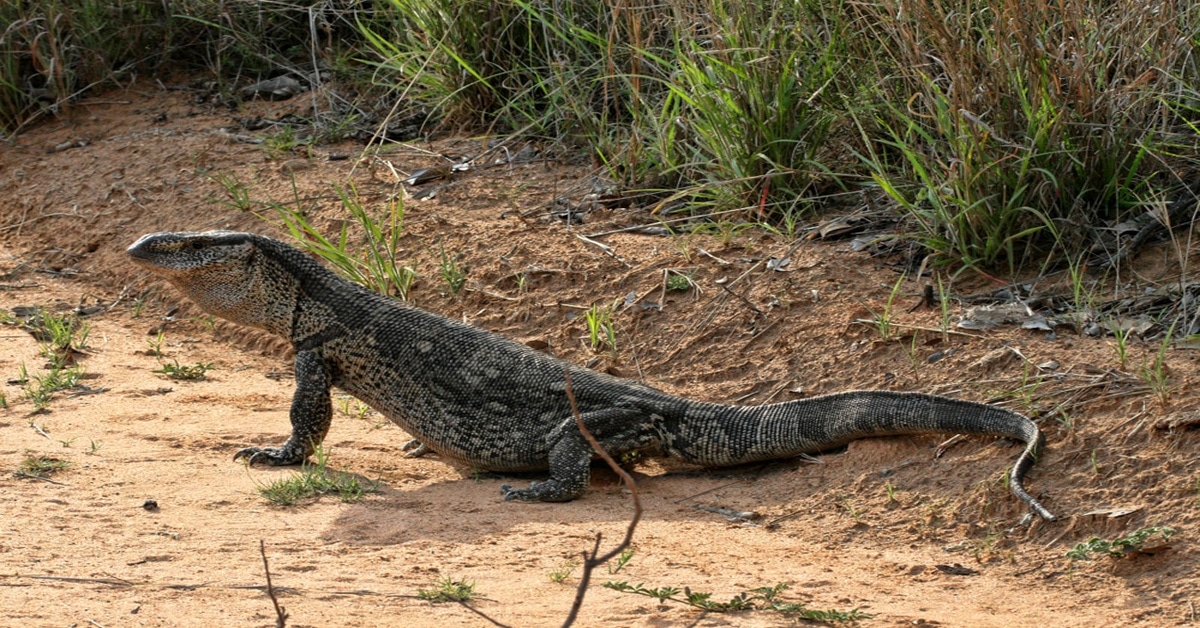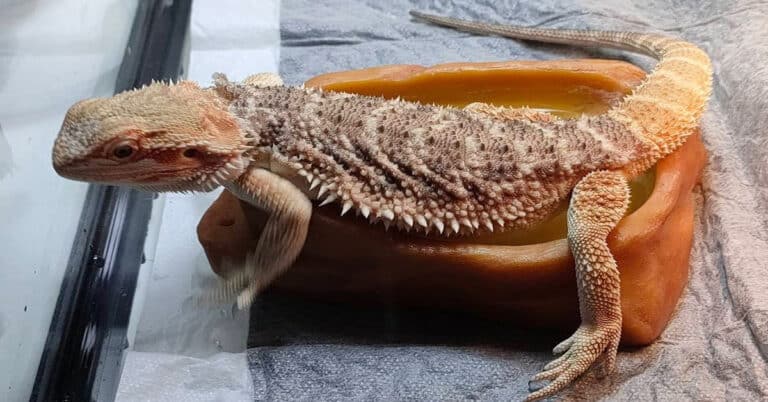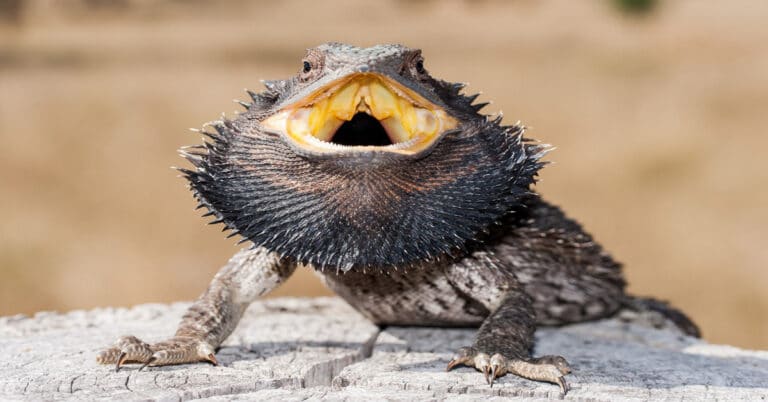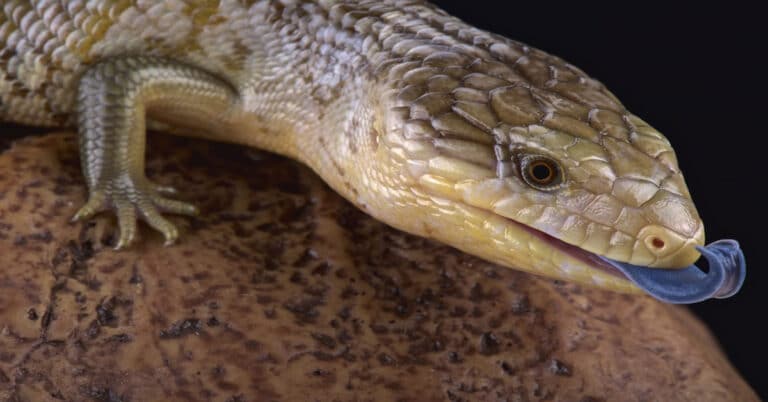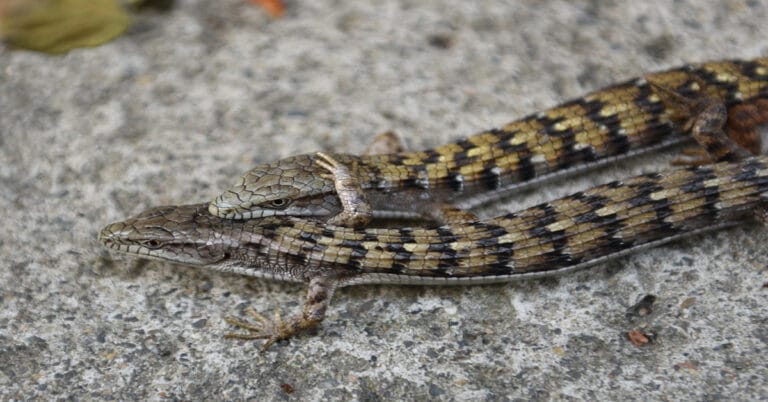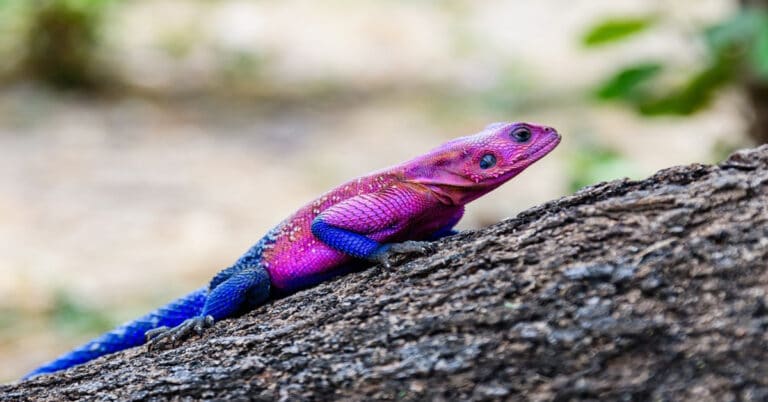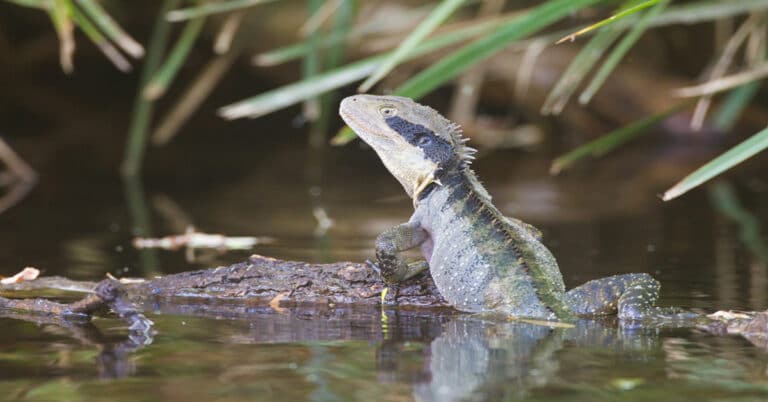Black Throated Monitor Lizard
Scientific Classification
| Kingdom: | Animalia |
| Phylum: | Chordata |
| Class: | Sauropsida |
| Order: | Squamata |
| Suborder: | Scleroglossa |
| Family: | Varanidae |
| Genus: | Varanus |
| Species: | V. albigularis |
| Subspecies: | V. albigularis ionidesi |
| Binomial name: | Varanus albigularis |
The Black-throated monitor Lizard (Varanus Albigularis Ionidesi), otherwise addressed as a Black throat monitor, is a massive lizard possessing a calm temper as a pet. This monitor consumes its prey (like mice) in full. It needs a big house; the weight of a grownup is 50 lbs. The Black-throated monitors come from the eastern African country, Tanzania. The climate of Tanzania is normally warm as that of the tropics, the temperature remains at 60oF throughout the year (with the exception of the higher elevations).
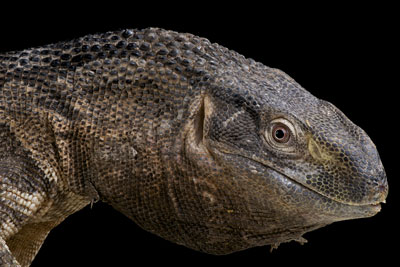
Anatomy
Black-throated Monitor Lizards are carnivores. They possess muscular, short legs short tail, sharp teeth and big claws. They have thick skin, which gives protection from their prey and predator’s bites and scratches. When a predator attacks them, they hiss, blow up their body and lash their tails and never hesitate to bite when aggravated.
The normal color of the Black- Throat Monitor is tan or gray, its tail has broad dark colored bands around. Along its back there are big spots more or less white in color that appear as circles in rows. At the spine these spots gather together. This is how a Black-throated monitor is distinguished from a White throat Monitor and other varieties. Even though this design is similar in all of them, it is more prominent in the Black Throat monitors.
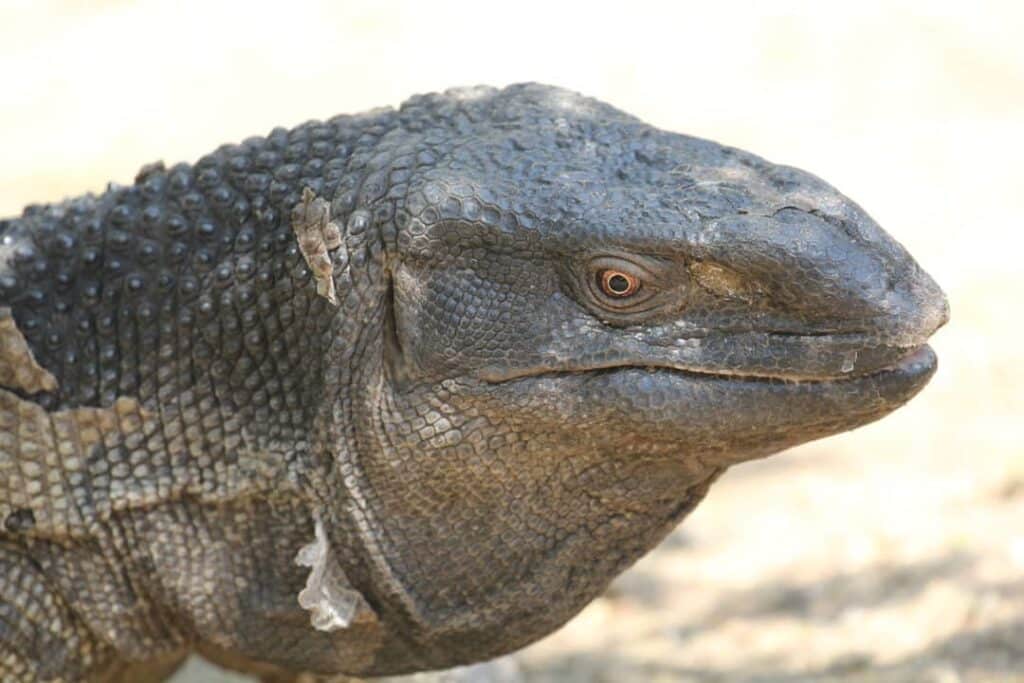
Behavior
Similar to other monitors, Black-throated monitors turn hostile if not frequently handled, and lash with their tail, hiss, bloat up their body and never hesitate to give you a spiteful bite.
Even though the Black-throated monitors are capable of hurting you, they are said to have a calm temper and are very quiet when in custody.
Habitat
Rock Monitors seen in arid savannah provinces are generally earthly. They seem to dwell in holes, at the bottom of the trees or when young, on the tree. Different from other monitors, they do not have any inclination towards the water, as they are incapable of swimming like their counterparts.
As a Pet
Housing
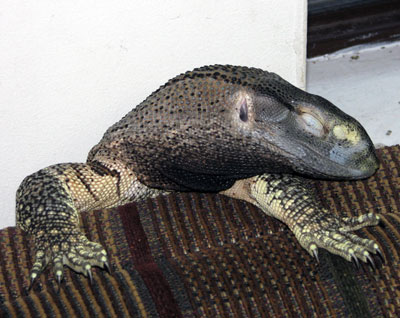
Black- Throated Monitors are massive lizards who need sufficient room. Most of the keepers construct lasting housings with plexiglass or wood, sufficiently big for them to stretch their bodies and turn about. A model house for your monitor, based on its size is a cage of almost 4’ x 6’ and even bigger. In case your black throated monitor is a juvenile, begin with a smaller terrarium, knowing that your monitor grows quickly!
Even if the Black- Throat Monitors sparingly spend their time in water, unlike other monitors, they require water at all times. Provide a utensil for water, sufficient enough for your monitor to dip into when needed. Place sufficient substrate in the terrarium for them to burrow. The Black-throated monitor’s legs are very strong with which they dig into the dirt. Provide enough substrate to enable them to burrow. A mix of mulch, sand, dirt or neat earth from the yard will suffice, so long as you provide sufficient quantity of substrate. This monitor is a native of Africa, where humidity in its habitat is very high.
Food
When in captivity, these carnivores, Black-throated monitors consume a lot of birds, and rodents. Their general diet consists of rats, mice and other rodents and also tender chicken. Monitors kept in captivity tend to feed on prey after killing, whereas those in the wild prefer their prey alive. Besides birds and rodents, feed your monitors with insects like mealworms, crickets and cockroaches.
The main diet of the captive monitors are rats, lizards, freshwater mollusks, mice, snakes, tender chicks, big roaches, tiny birds, eggs, crustaceans and fish in whole. These monitors relish dog and cat food, still it is not a recommended diet since the nutrient content is not correct, the calorific value is high. But when in the wild, they consume whatever they grasp on to.
Handling
While as a pet, most of the monitors possess a gentle temper, in general, frequent handling reduces their hostility. Monitors are greedy towards insects. Be careful when you have little kids. The temperament of this variety is similar to dogs. You get satisfaction for the attention and love rendered to them. It is indeed a companion for you when you go for a walk to the park. Use a harness and leash, it is possible for you to give your monitor an opportunity to come out in the bright sunlight and exercise.

Having discovered a fondness for insects while pursuing her degree in Biology, Randi Jones was quite bugged to know that people usually dismissed these little creatures as “creepy-crawlies”.

